Bolivia: Sucre
Whakaputaina: 27.11.2018
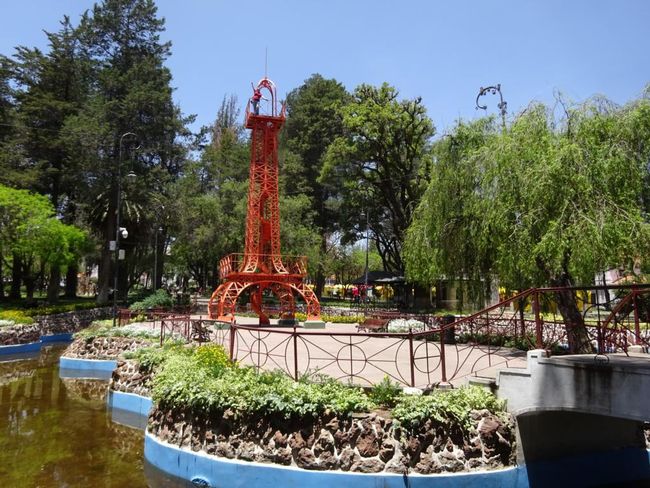
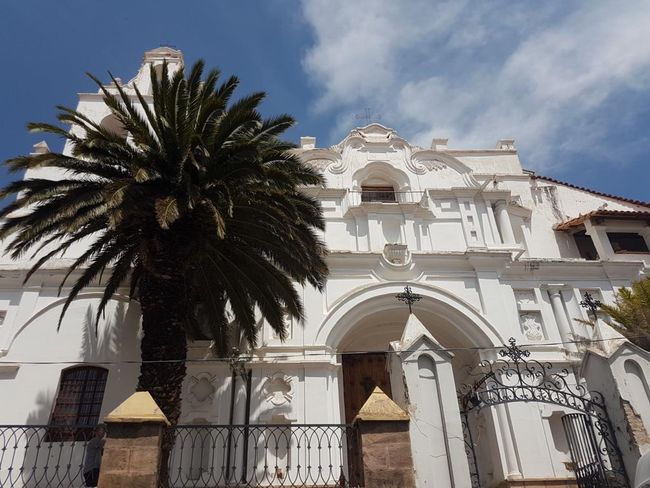
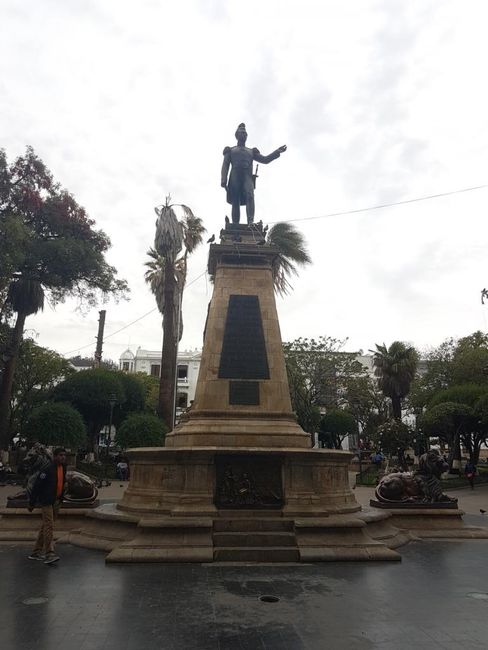
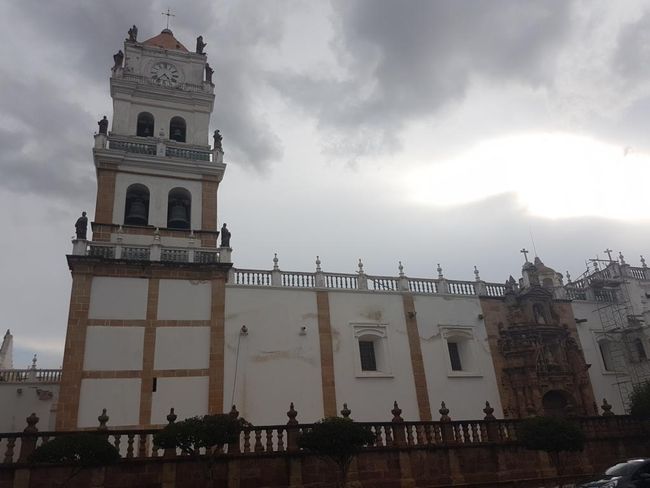
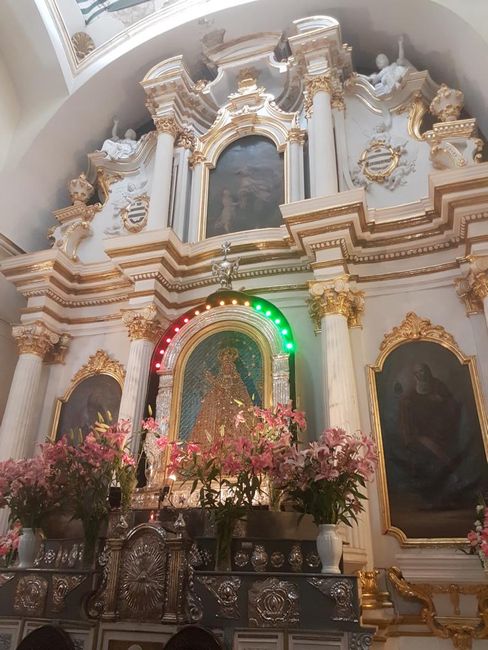
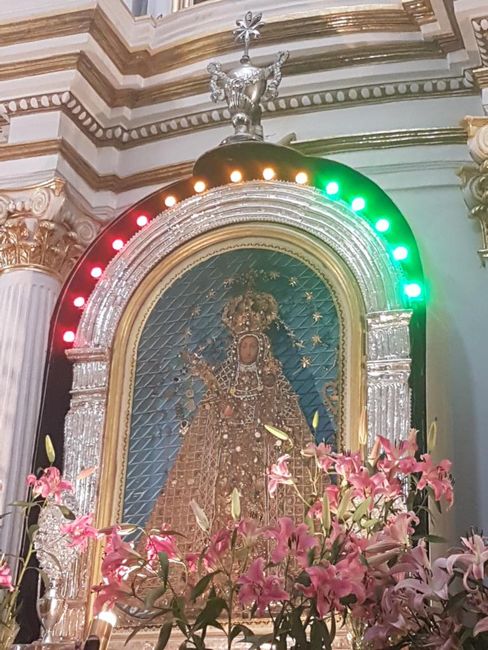
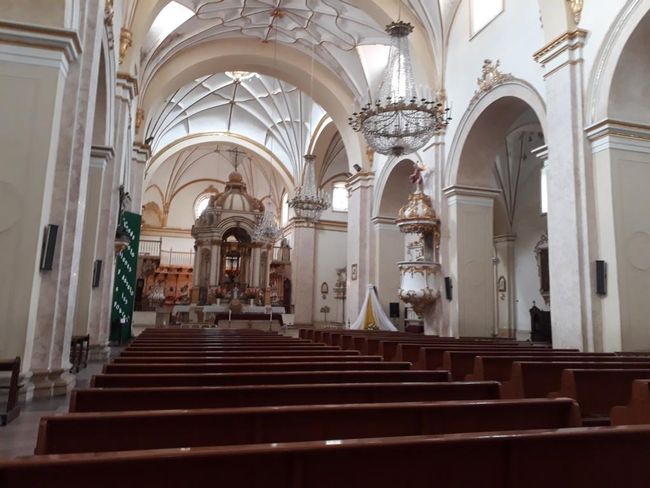
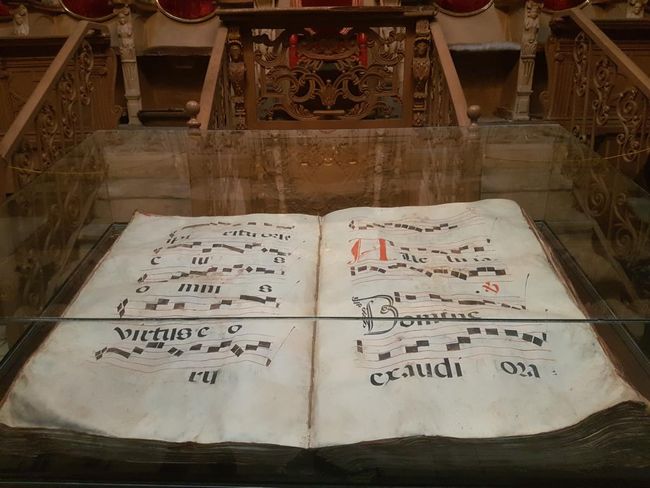
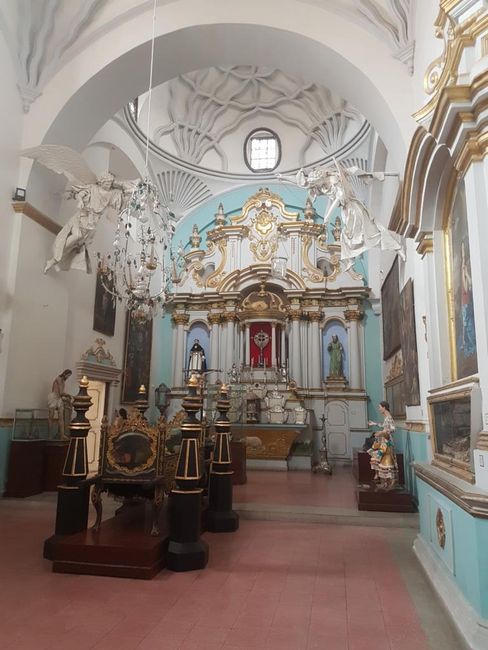
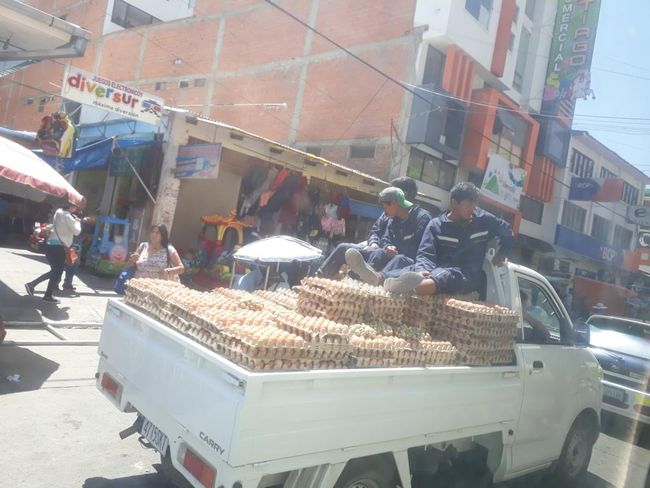
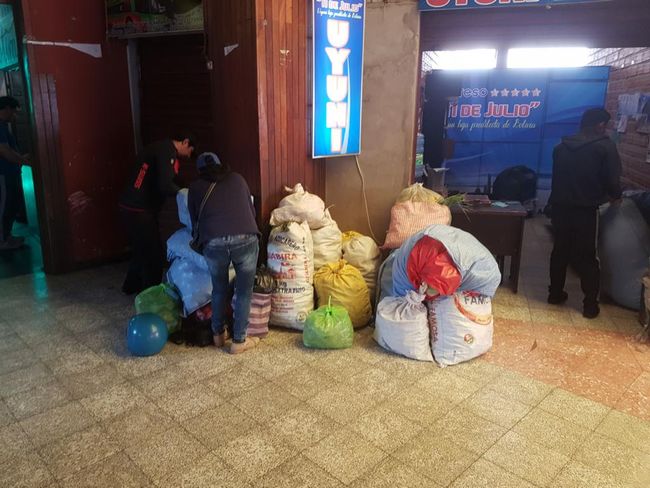
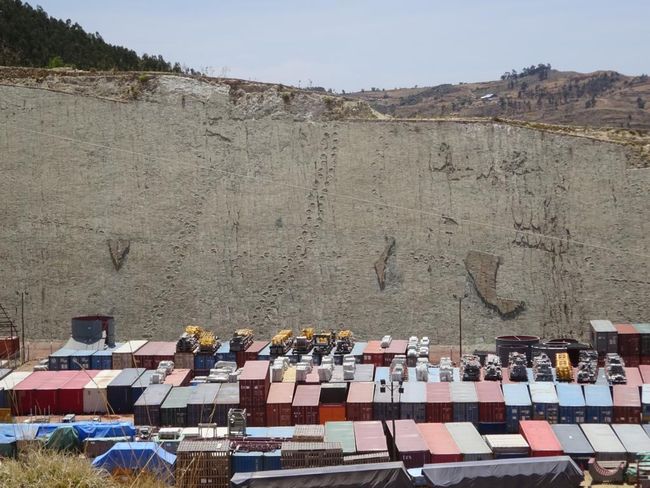
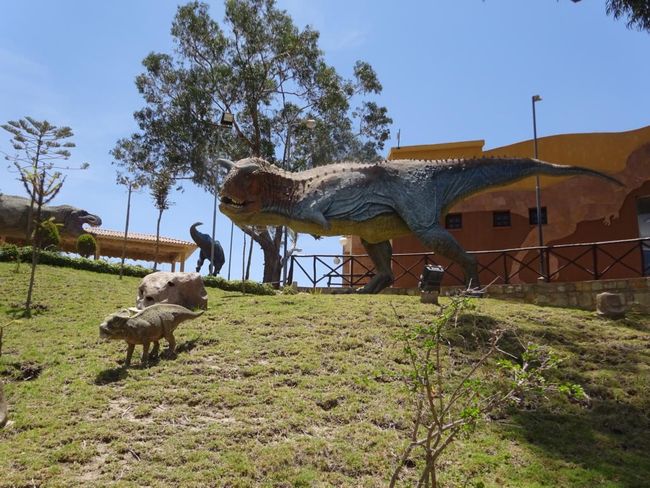
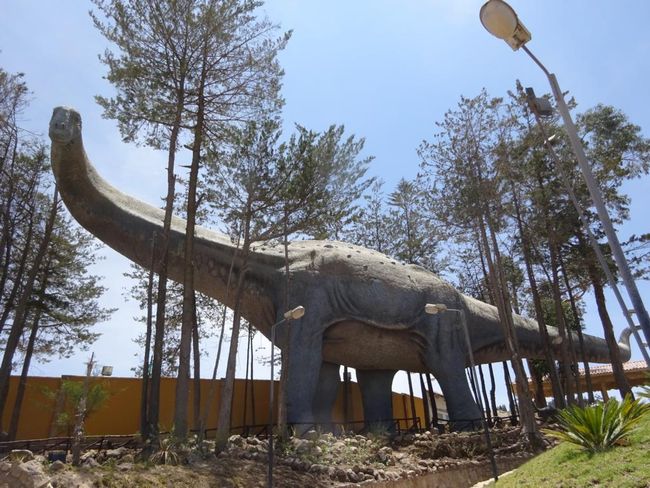
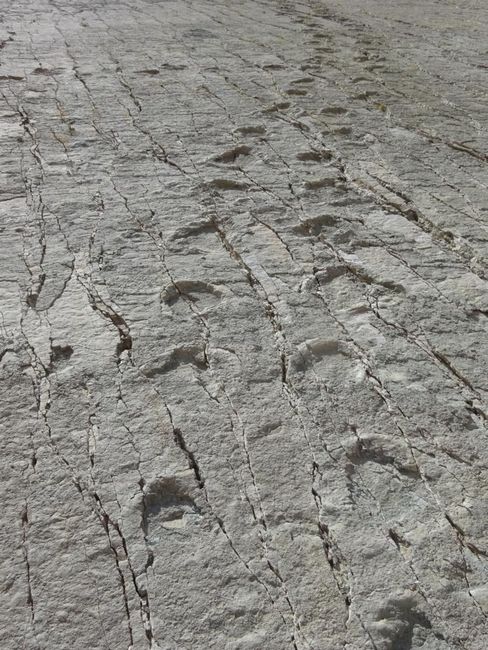
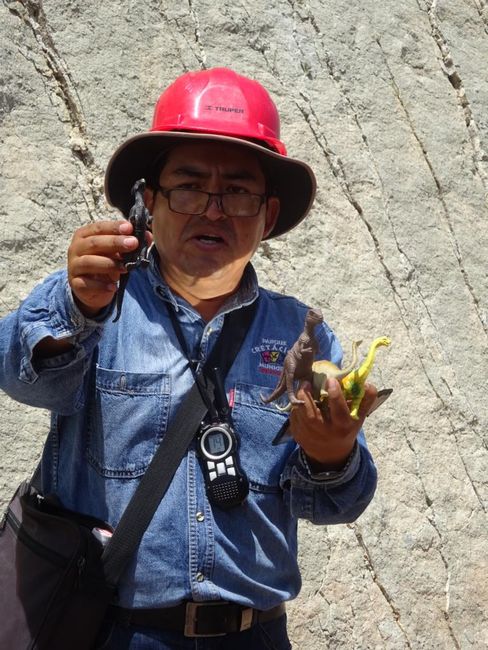
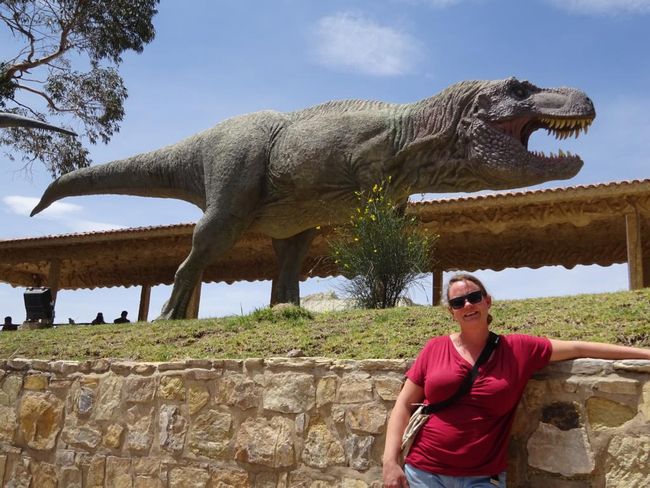
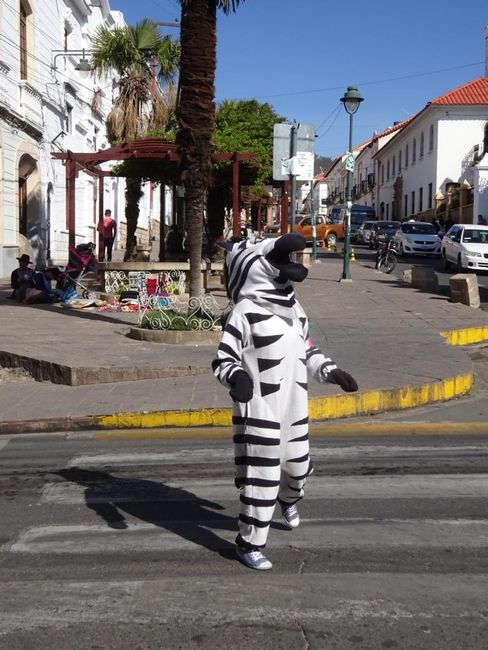
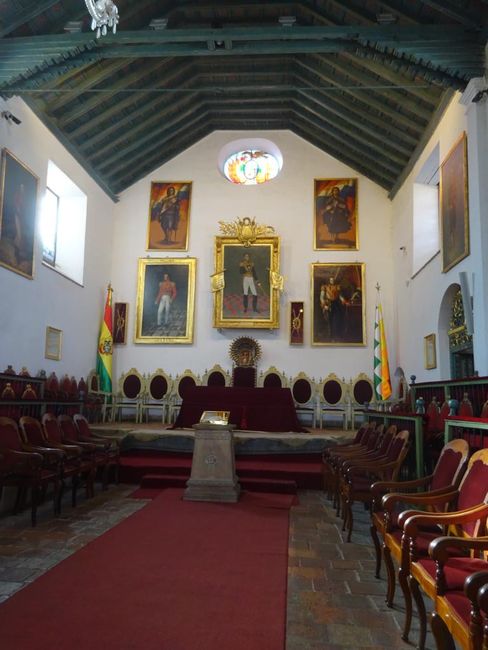
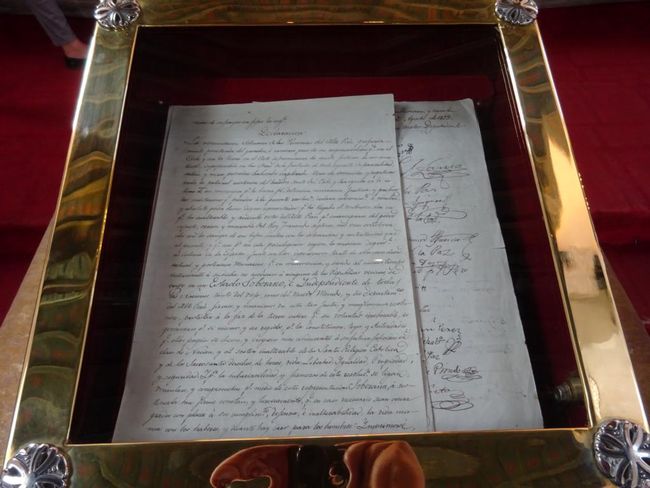
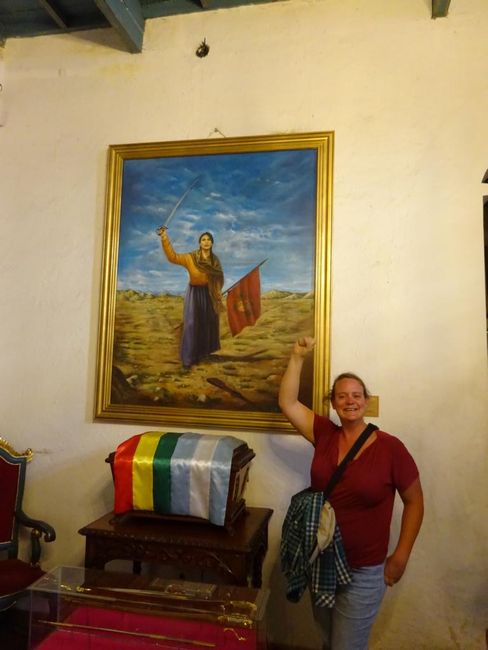
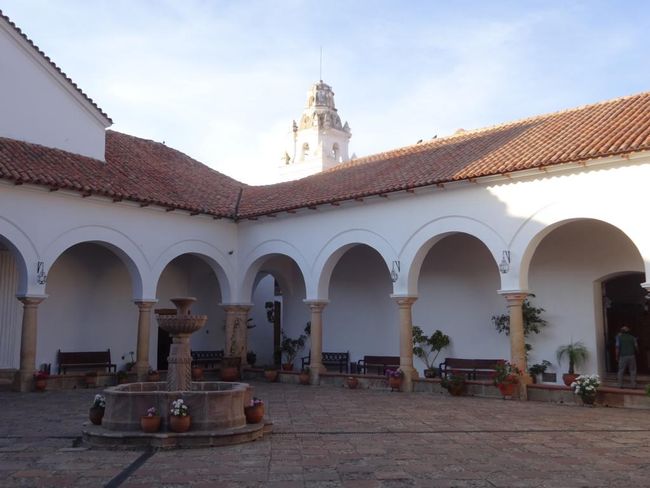
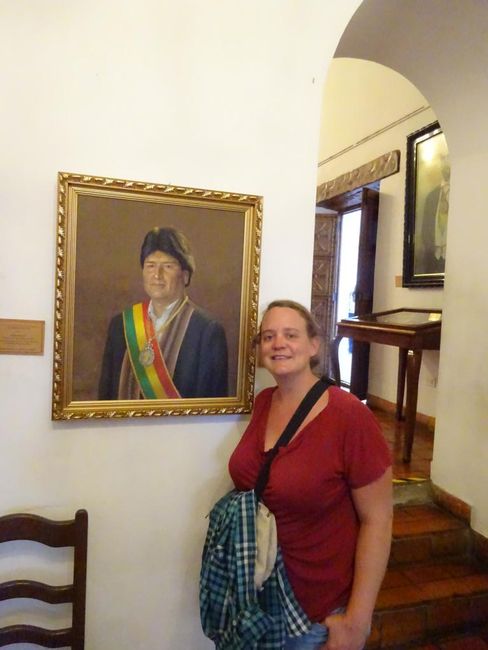
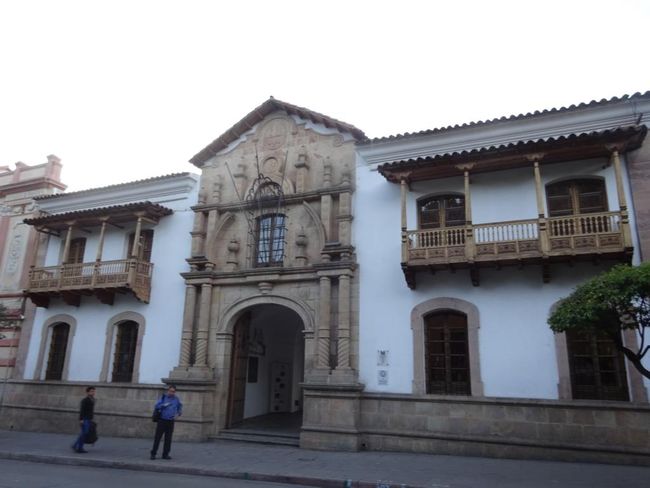
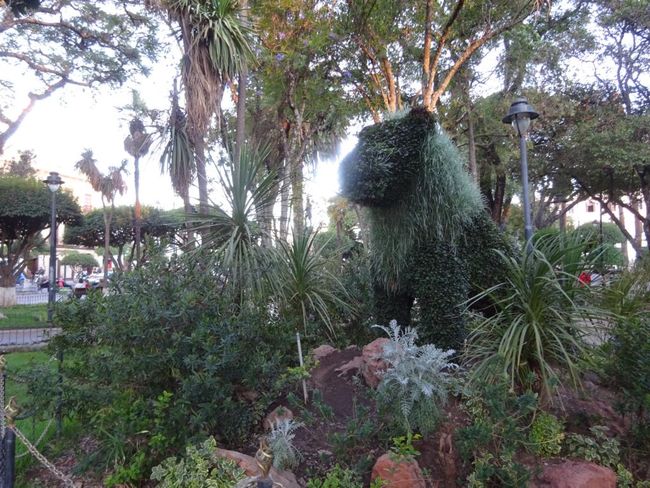
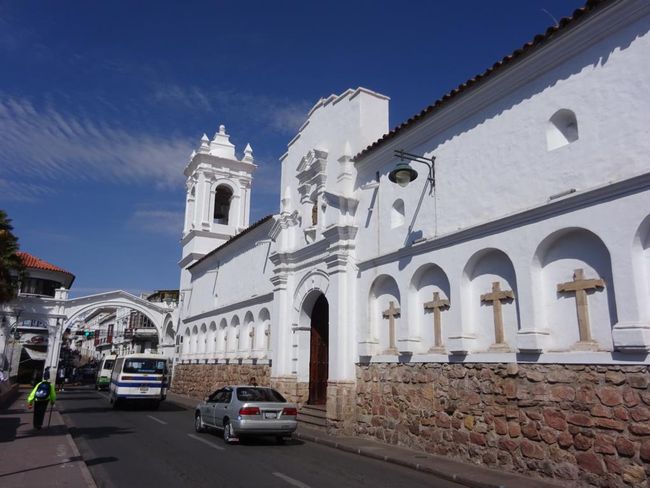
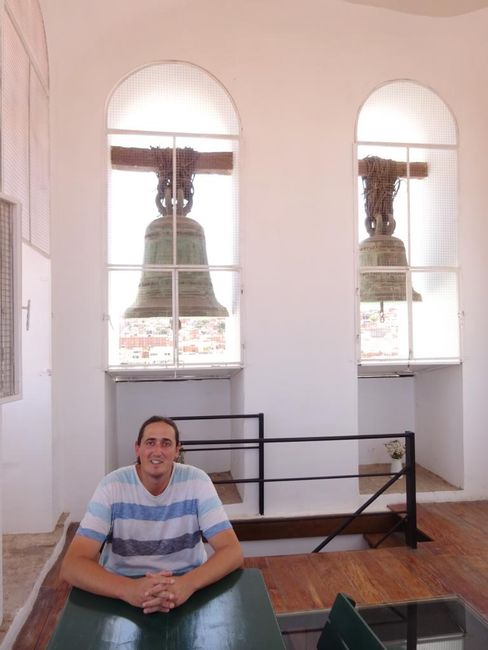
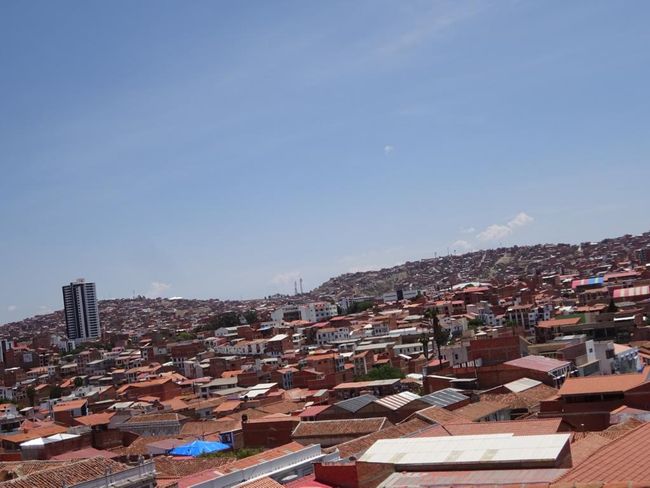
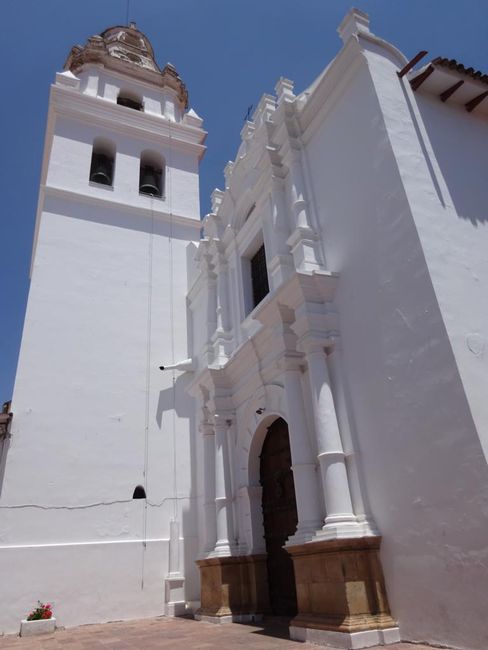
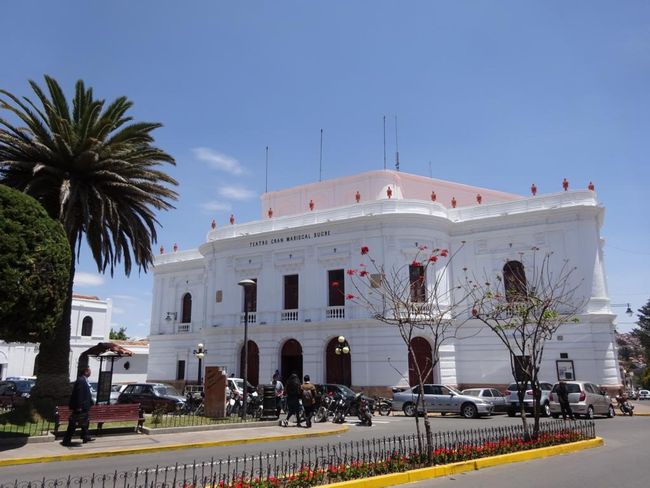
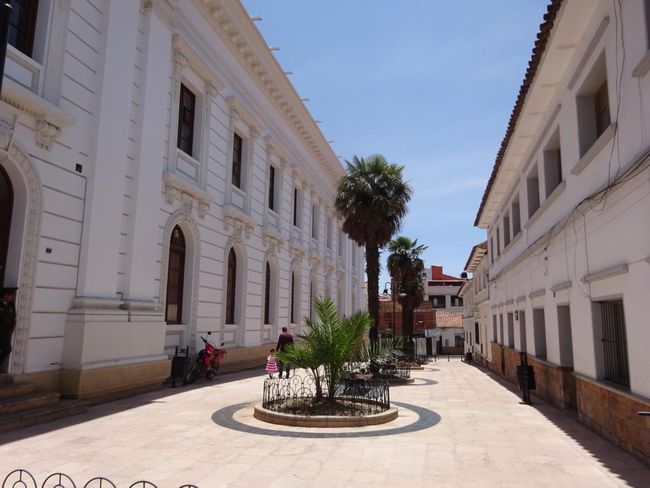
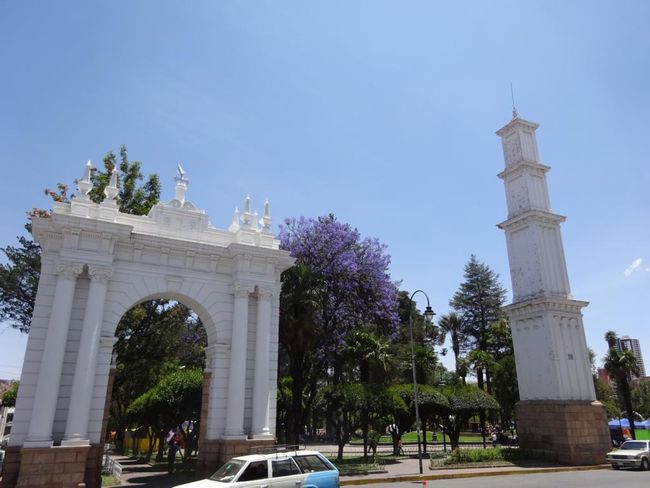
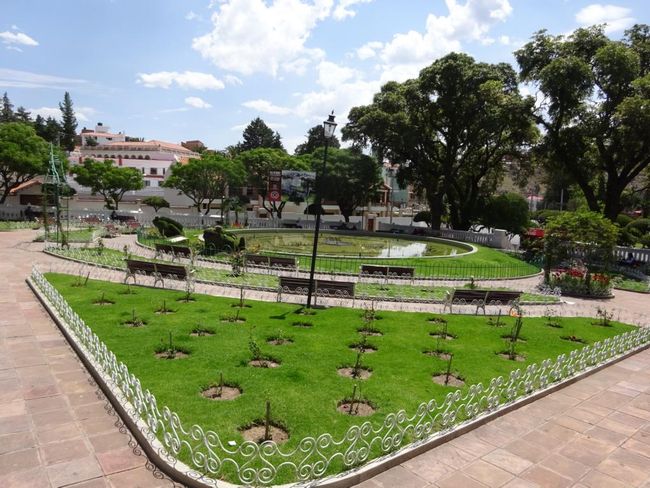
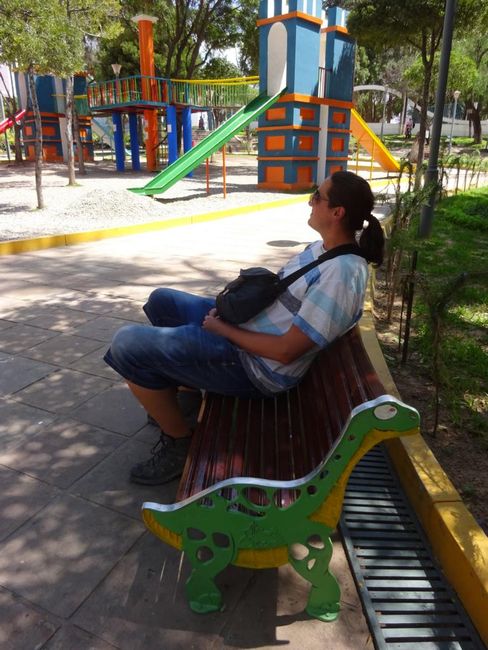
Ohauru ki te Panui
From Uyuni we drove to Sucre, the official capital of Bolivia, although both the government and the parliament are located in La Paz. Only the court remained in Sucre itself. Of course, we were assured as always that it was a direct bus. In fact, we had to change buses in Potosi, which no one there was informed about, so all the seats of the people coming from Uyuni were sold twice, which ultimately resulted in not enough space on the bus for all ticket holders, so some people had to sit up front with the bus driver in the driver's cabin. Nothing special, typical Latin America, we had long been used to it. When we passed a police control, all the people from the cockpit were simply sent back to the other passengers until we were past the police, then they were allowed back up front.
On this journey, we also left the highlands at around 4,000m after many weeks, so it finally became pleasantly warm again. I really struggled with the climate in the desert of Peru, as well as in the highlands of Peru and Bolivia, due to the constant change. During the day, when the sun was shining, it was usually scorching hot, but at night it was freezing cold. So a daily change of about 30 degrees, winter and summer on the same day. So you always have to be well equipped. It really bothered me and I would have a really hard time living in these regions and getting used to it.
Sucre is called the white city and is considered the most beautiful city in Bolivia. We learned that the city's population was encouraged to regularly paint their houses white to maintain the image. If they did so, they would receive a tax discount.
And indeed, it is a pretty place, although it does not differ much from other colonial cities we had already seen. It did not blow us away and there wasn't much going on here either. In fact, we made acquaintance with a phenomenon in Latin America that would persist for the rest of our time in Bolivia: siesta. Everything closes at 12 noon and does not open again until 3 pm. This applies to both shops and museums. Since we are not exactly early risers, this was obviously inconvenient for us. No sooner had we gotten up, showered, dressed, found a place to have breakfast (we had discovered a very charming café in the tower of a church with a good view, which had only recently opened), done the errands and shopping that needed to be done and were ready for the museum... it was closed for the next 3 hours. So we spent 3 hours a day strolling around the park in Latin American style.
One of the more interesting museums was Casa de la Libertad. We joined the Spanish tour and met a couple from Cochabamba who, together with the guide, clearly enjoyed giving us a crash course in Bolivian history. Such historical museums with their portraits of war heroes and the like are much more interesting when you have a connection to them and some prior knowledge.
In Casa de la Libertad, the independence of Bolivia from Spain was declared. In many Latin American countries, this happened relatively peacefully (sin sangre = without blood). Not so in Bolivia. Why not? Because of the silver of Potosi, of course, why else? Bolivia only announced its independence from the colonial power of Spain in 1825 after a long war, and elected South American independence fighter Simon Bolivar as the first president (hence the name Bolivia). However, Bolivar, who was Venezuelan, did not remain president for long and soon stepped down from office. The city of Sucre was named after the popular hero and general of the army of independence, Marshal Antonio Jose de Sucre.
Interestingly, or rather "shamefully" for our newly appointed history teachers in the museum, there have been more presidents in Bolivia who came to power through a coup than democratically elected representatives. When we entered the president's gallery, where a painting of each of the former presidents hung, passionate tirades of hatred (verbatim) against "corrupt criminals of the past, whose paintings should be burned instead of exhibited here" and equally passionate praises of the current president, Evo Morales, affectionately called Evo by his supporters, immediately erupted. In fact, we knew Evo, or rather pictures of him. It is hard not to know him. Photos of him are displayed all over the country, on huge billboards next to every construction site, every road, and every Teleferico line in La Paz, providing information about the investment project there, the amount invested, and the number of benefiting communities and families. Evo was elected as the first indigenous head of state in 2006. Apparently, he could not even speak good Spanish at the beginning of his term. In fact, he has changed a lot in the country since then, especially through investments in infrastructure projects. In fact, there are huge construction sites all over the country to pave or repair roads. We also encountered a large-scale geothermal energy project on our way. He has also established the "Plurinational State of Bolivia" to achieve equality for the many indigenous peoples in Bolivia and improve their status. But not all residents of Bolivia like Evo. Interestingly, the rural population is more sympathetic to him than the people from the city. Many people we spoke to said that he is just a puppet of other people who actually govern, and others criticized that he also doesn't want to give up power and disappear from the scene, as is typical for Latin American heads of state. However, our "teacher family" at Casa de la Libertad in Sucre could not be swayed by any of these arguments: they love Evo. They believe that everything he does, he does for Bolivia; companies are nationalized, and all of the country's money goes back to the Bolivians in the form of investments, while his predecessors privatized everything and pocketed the profits. And all his opponents are simply racists. Well, we also like Evo, but of course, we only got a brief glimpse into the events in the country.
One of the most interesting things in the museum was the story of Juana Azurduy, de Padilla, a guerrilla leader in the fight against the Spaniards. She is considered one of the most famous freedom fighters of the South American wars of independence, and posthumously she was even awarded the rank of Marshal, becoming the first woman to hold this rank.
On the other hand, the visit to the cathedral, together with the adjoining museum of religious art, was considerably less interesting. Jörg proclaimed loudly after the visit that this was definitely the last museum with religious trinkets that he had visited. Of course, I have to agree with him in a way. The silver candle holders, golden chalices, relics, colonial paintings, and other colonial-Catholic dust collectors are not really that different from each other. But what was really special and very beautiful in the cathedral was the chapel with the Virgen de la Guadelupe, which is completely covered and adorned with jewelry made of gold, silver, and precious stones, which have been offered to her as offerings by believers. The jewels are worth millions of dollars, making her the richest Virgin on the entire American continent.
Speaking of precious stones: we also visited the Museo del Tesoro, a private museum about precious metals and gemstones of Bolivia. Bolivia is really rich in natural resources, and an unsightly saying calls the country "the beggar on the silver throne". The museum could only be visited as part of a guided tour, and unfortunately, taking photos was not allowed. But it is really quite interesting and entertainingly designed, so the visit was worthwhile. It presents various natural resources and how they are mined and processed. There was a video, models and miniatures, paintings, tools, gemstones, jewelry, and other exhibits. There was even a huge specimen of Bolivianite (Ametryn) on display, a semi-precious stone that is mainly found in Bolivia and was first discovered in 1989.
A bit outside of Sucre is the Parque Cretacico. The National Cement Factory SA located here had come across more dinosaur tracks. Initially, when digging, they came across a harder rock layer, so the excavation could not continue here. It was only later that the tracks became visible in almost vertical walls due to rain and erosion. It may look like the prehistoric monsters walked steeply uphill here, but the impression is misleading. In fact, this rock was also folded together by the pressure of tectonic plates. About 5,000 tracks from at least 8 different species have been discovered here, making it the largest "collection" of dinosaur tracks worldwide.
Right next to it, a small park was created, where there are some life-sized dinosaur figures, so you almost feel like you're in "Jurassic Park". The park also includes a small museum. The tracks can be seen from a terrace. There are only two opportunities per day to get closer to the tracks as part of a tour, namely because the land of the cement factory is still located between Parque Cretacico and the wall with the tracks. In the meantime, the area is mainly used as a storage area for containers and the like, but heavy vehicles still regularly pass through. That's why you are equipped with construction helmets for the tour, but safety shoes are not provided.
We took a bus to the park, the journey took a good hour. And we were lucky, we arrived just in time for the tour, so we could take a close look at the tracks. Our guide even had some toy dinosaurs with him to show us which species the different tracks belonged to. Although we had already seen dinosaur tracks in Torotoro, it was no less impressive. A really nice half-day trip in Sucre.
As I said, Sucre is quite nice, and you can certainly spend a few nice days here, but there are definitely more interesting cities.
We had bought a bus ticket to Santa Cruz from the company El Dorado for the next day. However, it turned out that El Dorado did not even offer the route. The seller of the company simply sold us a ride with another company without telling us. First of all, we received a receipt with the El Dorado logo and were told that we had to exchange the receipt for the ticket the next day. We should have realized then that something was wrong. When we did that the next day, we realized it when we received the ticket from the other company. And as if that wasn't enough, we quickly noticed that the seller had overcharged us by one and a half times the actual price.
The bus company said we should complain to El Dorado to get our money back. We did that, but the people there, who were busy rearranging boxes, suddenly all said that they didn't even work for El Dorado. When we asked them why they were all in the office of El Dorado if they didn't work there, they suddenly seemed to not understand Spanish anymore. That was the last straw for Jörg. He simply took one of the books they were packing into the boxes and said that if they steal our money, we will steal their books. Suddenly, things started moving. We were told to wait, the seller from yesterday would come to give us our money back. And we waited... and waited... by now our bus had arrived and we had already given up on the money. At least our seats on the bus had really been reserved. When we had loaded our luggage, the seller actually came to us on the bus. First of all, he accused us of causing him to lose his job. Well, that was really not our problem! Don't cheat people, then you won't get fired, it's that simple! Then he actually wanted to give us some money back, but only part of what was due to us. In the meantime, the other passengers on the bus had noticed our discussion and now it really started. They all sided with us and loudly berated the seller for ripping us off just because we were foreigners, and that's not acceptable. They blocked his way and insisted that he immediately give us back all the money that was due to us, which he eventually did. When he finally grabbed the book and left the bus with his tail between his legs, even the other passengers apologized to us, shook our hands, assured us that not all Bolivians are like that, and warmly welcomed us to their country. We were really overwhelmed and touched by this support!
Actually, we had wanted to travel with El Dorado because it is one of the most comfortable lines and because it would be a 12-hour journey. We had even considered flying, but then opted for the cheaper bus. Unfortunately, this bus line was much worse than El Dorado, so in the end, it really became a long, long 12 hours.
Ohauru ki te Panui
Whakautu

Ripoata haerenga Bolivia

